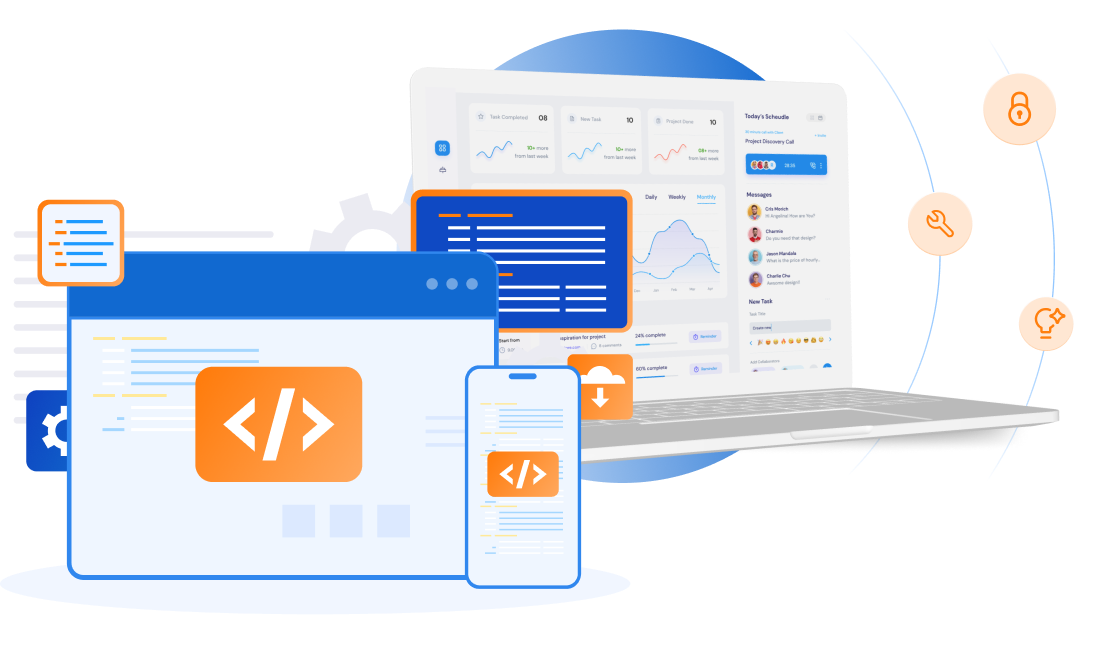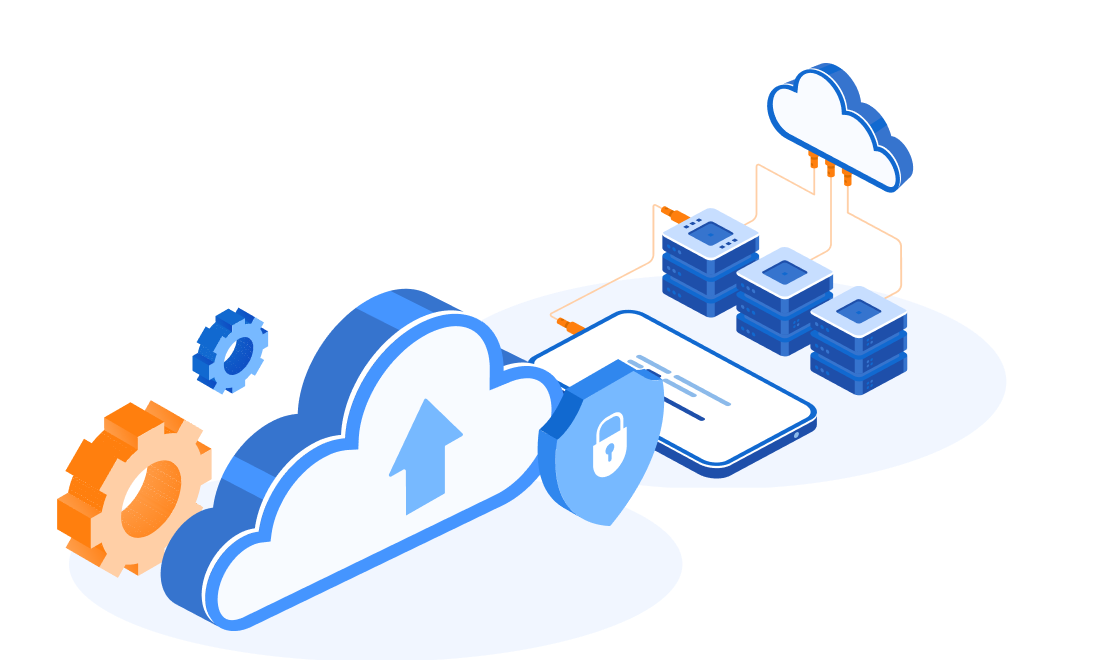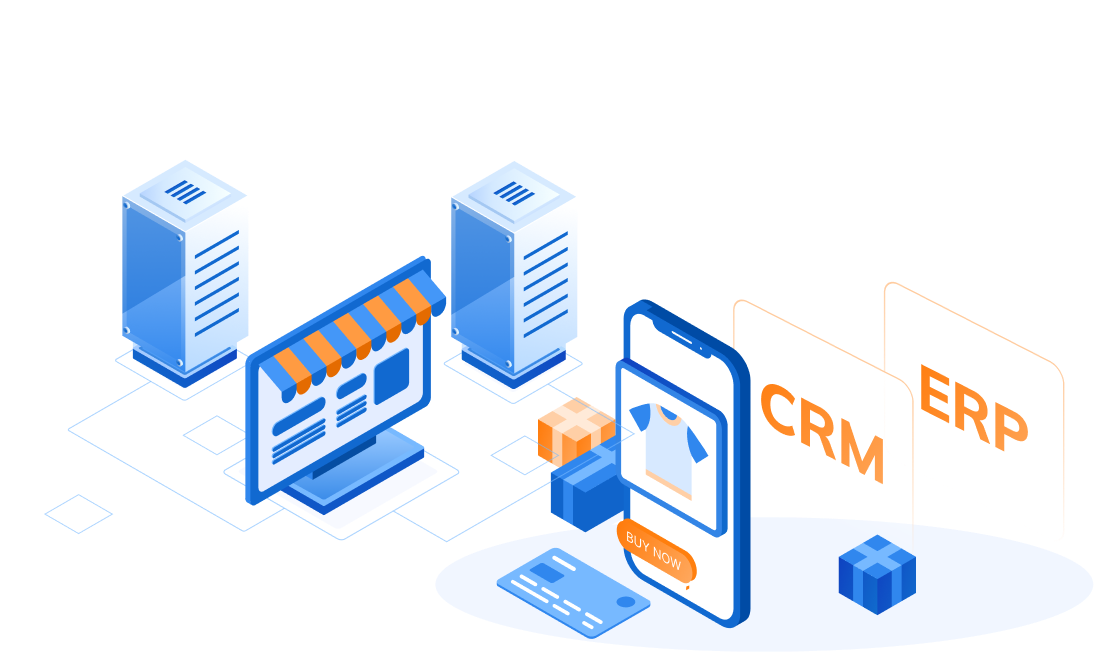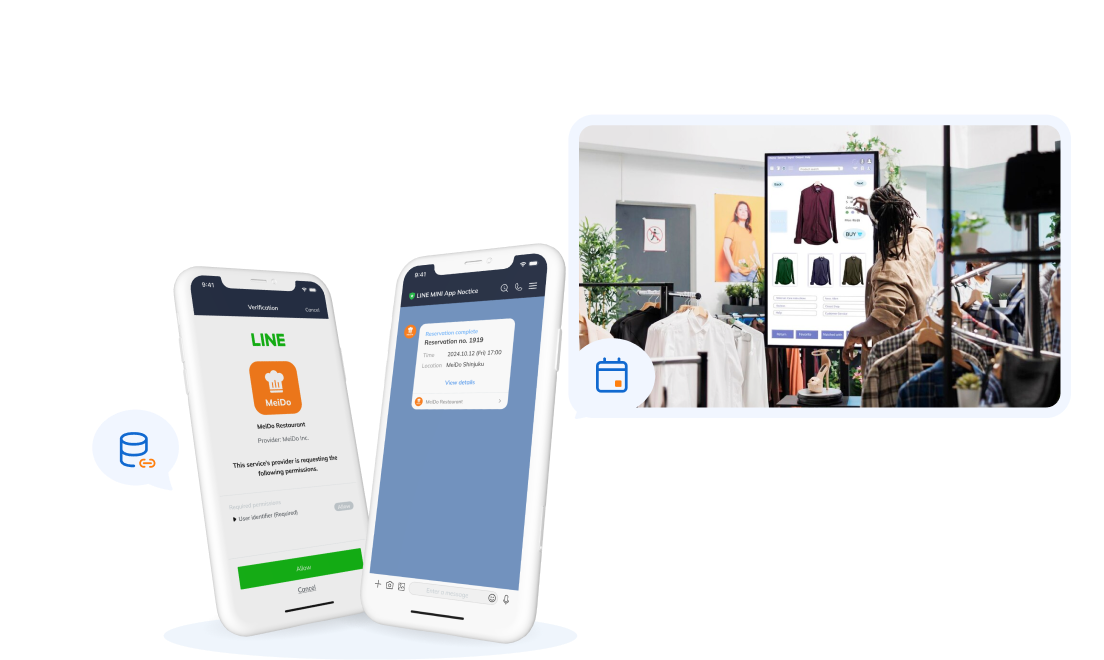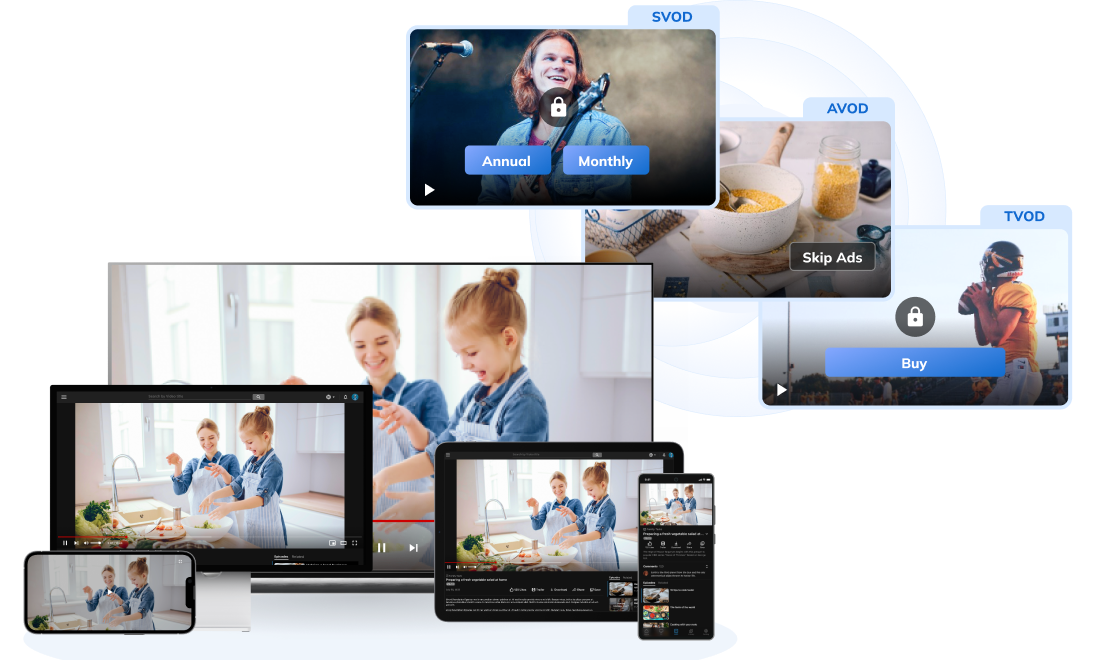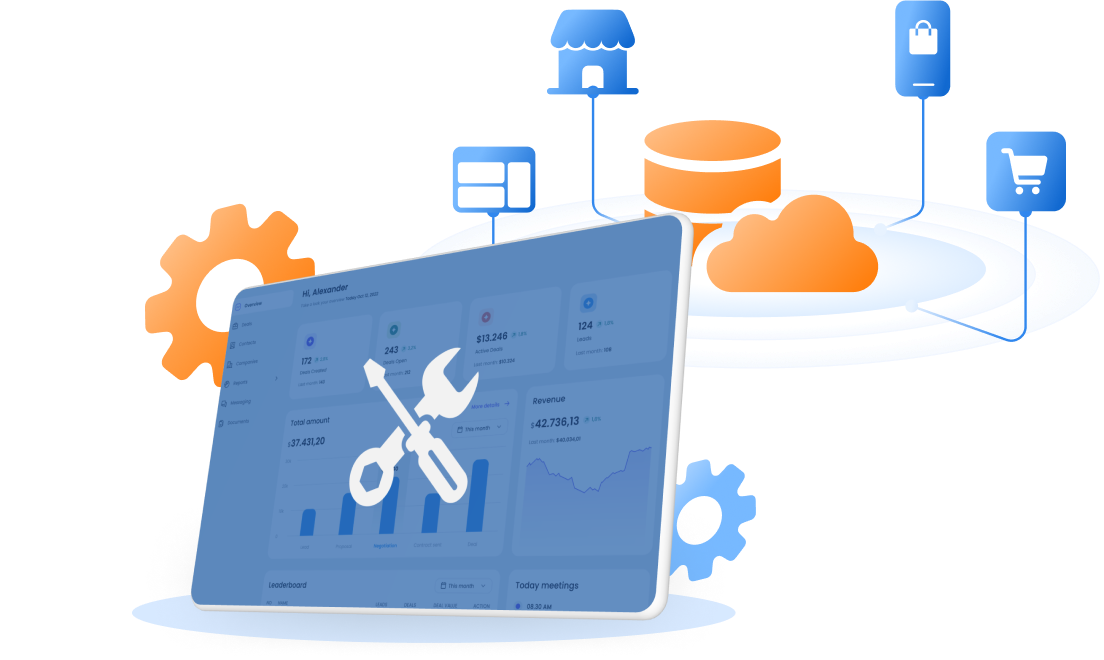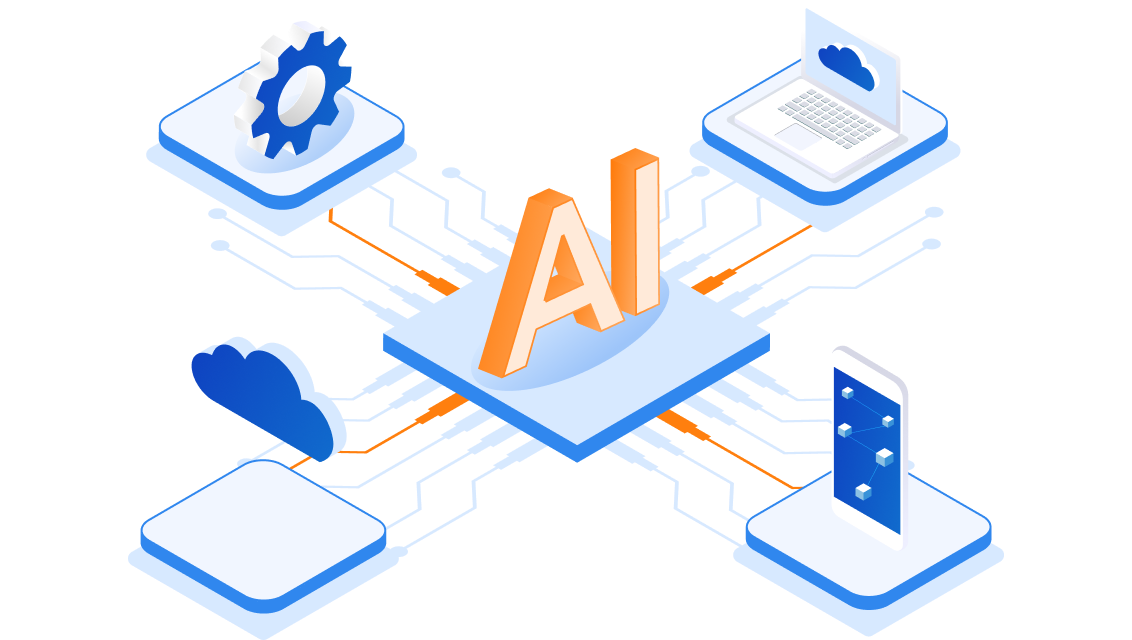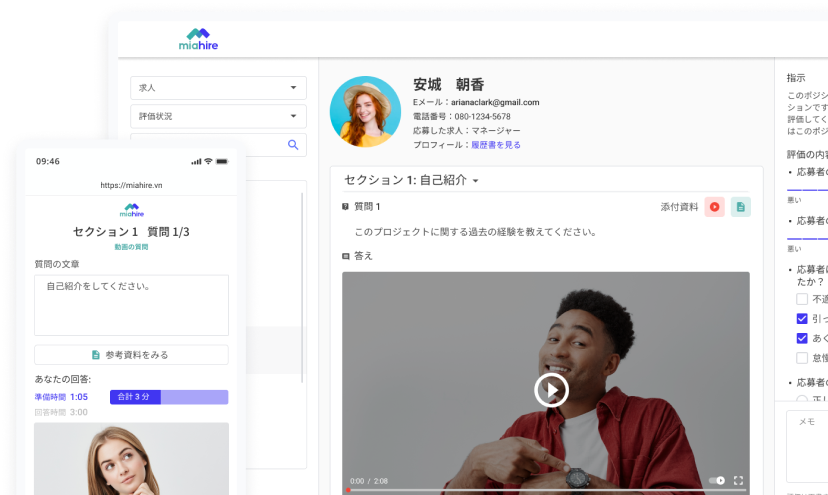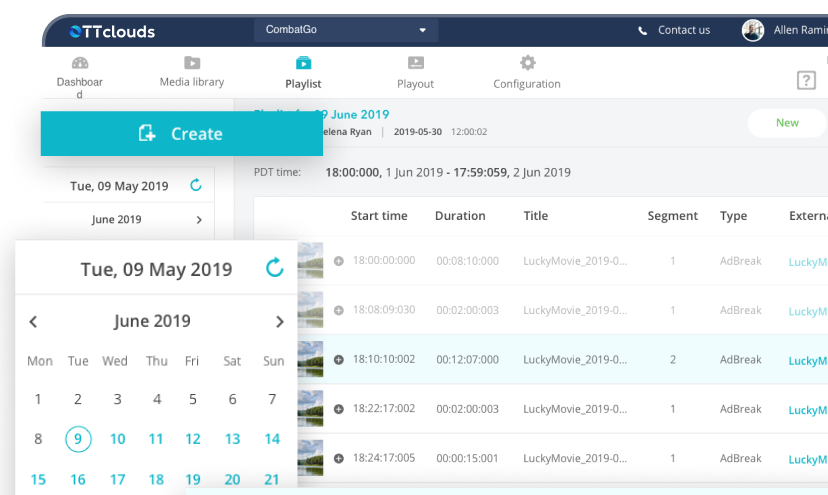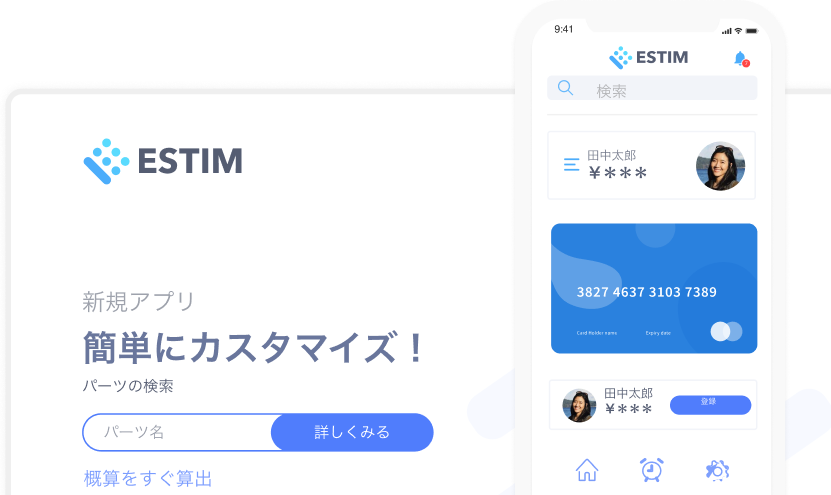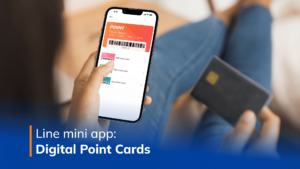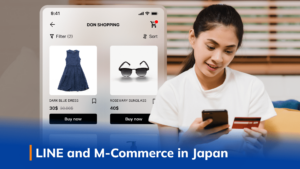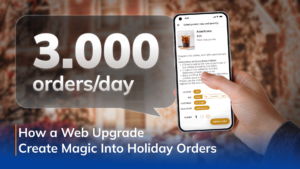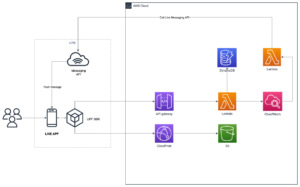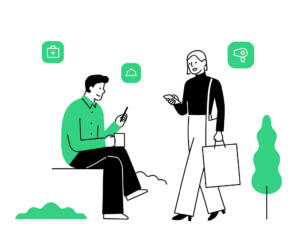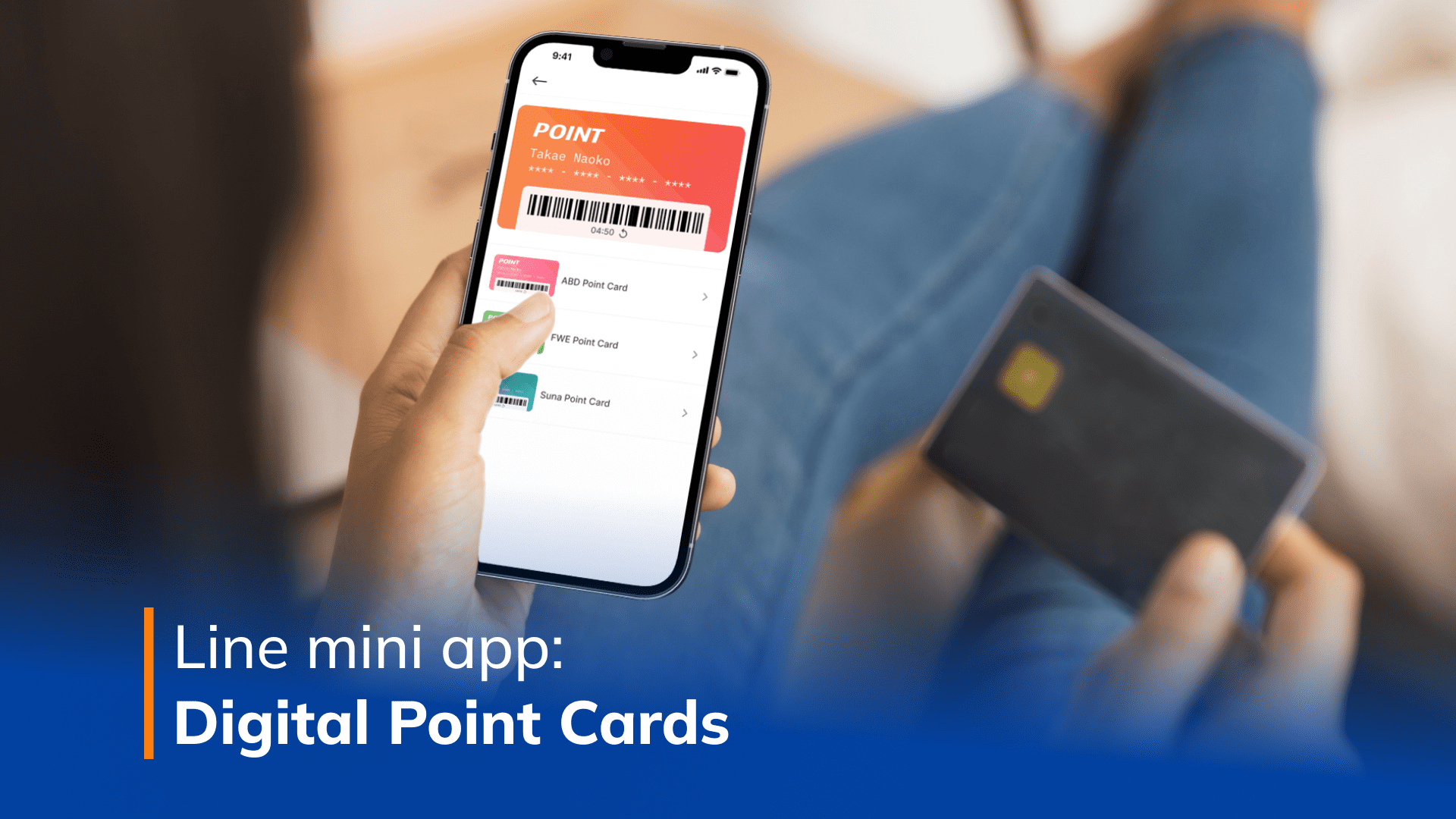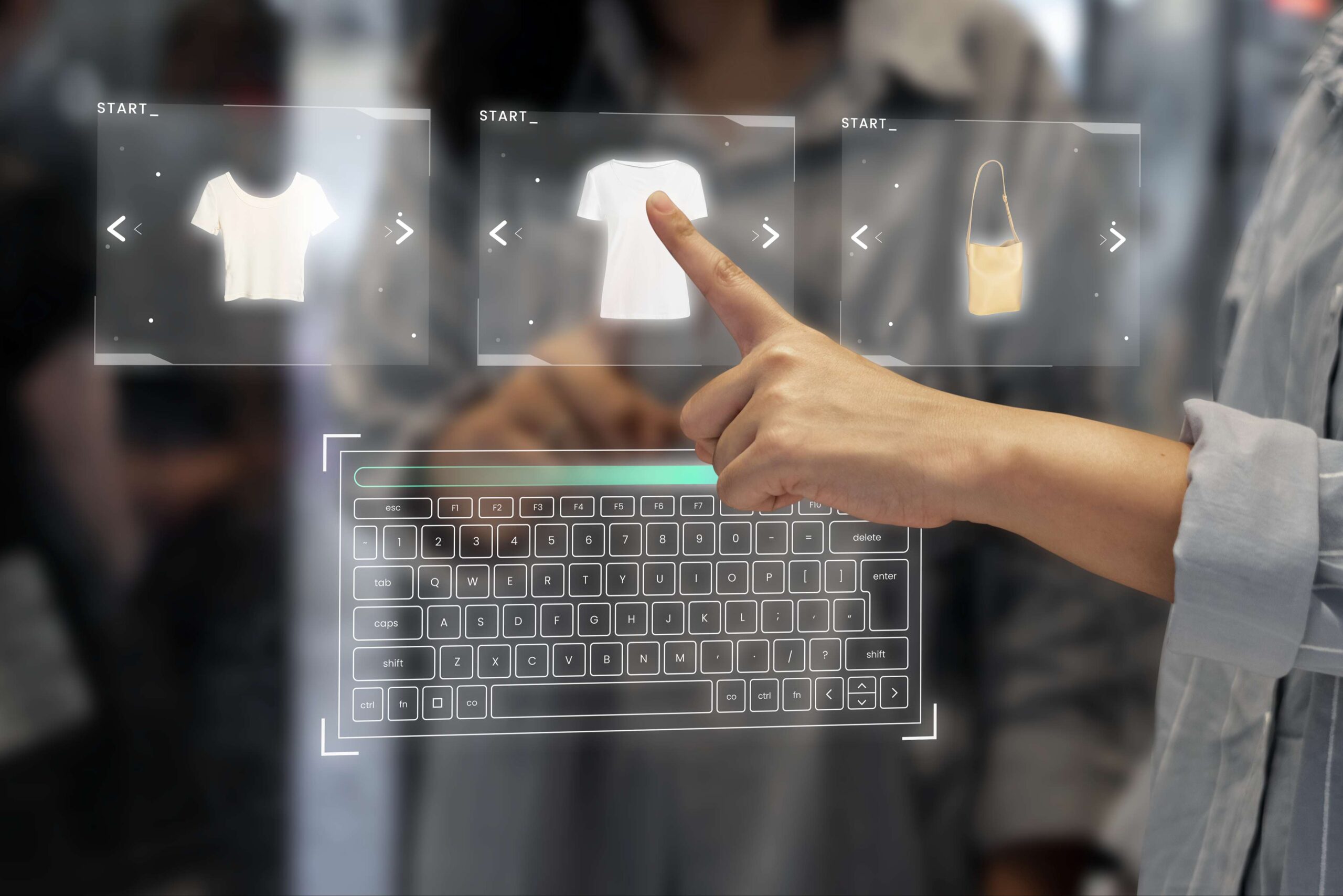Online-Merge-Offline Retail
Our success stories
+0
LINE Mini App: Digital Transform Customer Service with Digital Point Cards
SupremeTech has been on an impressive journey of building and developing, positively impacting customers. One of our recent and innovative projects involved meeting our client's request to launch digital point cards integrated in the LINE Mini App. These cards allow customers to accumulate points or make payments within their network of stores. Previously, our client used physical cards for this purpose. However, recognizing the potential of using digital means to encourage more transactions, they swiftly moved forward. >>> Read more related articles: LINE and Mobile Commerce Platform in JapanEnhance the Customer Experience on Digital Platforms While Protecting the Legacy for Luxury Brands Initiating suitable solutions for a traditional issue With a commitment to customer satisfaction and delivering the best app experience, we proved our capabilities in doing this project. Understanding the client's needs, we embarked on research to provide a viable solution for developing and maintaining a mobile application for issuing and managing digital point cards. The app enables users to effortlessly carry and use their point cards on their smartphones, with key features including card issuance, displaying corresponding barcodes, and generating one-time barcodes for transactions. Developing a Loyalty App on Line App: What Sets it Apart A unique requirement for this project was the development of a mini-app on the LINE app. Line, a popular international communication and calling app developed by LINE Corporation, offers various gaming and platform applications for users' entertainment and interaction within a virtual environment. This was an entirely new platform for SupremeTech, and despite no prior experience, the team immediately dove into research. Developing the app on Line presented challenges such as limited customization options for interface and user experience, adherence to Line's regulations, and potential limitations or lack of support for specific features. Overcoming Challenges and Successfully Launching the Line Mini-App Despite these challenges, SupremeTech successfully completed the LINE mini-app project. Leveraging the versatility of React and Node.js, the team maximized Line's API and SDK potential for seamless integration and interaction with Line App features. Additionally, research was conducted to combine with other systems for data retrieval. After six months of dedicated efforts, the Loyalty App on LINE App was successfully released. Highlighted Features This mobile app can issue digital point cards by entering user information or linking them to physical cards, displaying information as barcodes. Key features include: Card Issuance: Allows customers to issue digital point cards.Barcode Display: Displays corresponding barcodes for each digital point card.One-time Barcodes: Generates one-time barcodes for specific transactions or interactions. Contributing to the Business Ecosystem This technological solution significantly contributes to the current business ecosystem by optimizing customer loyalty programs. It encourages customer transactions across all business service points. The app seamlessly integrates with customer data systems, ensuring a seamless experience for both the business and its customers. If you want to modernize your business and enterprise ecosystem with a cutting-edge loyalty app, don't hesitate to contact SupremeTech. We're here to help your business thrive.
05/12/2023
3.22k


